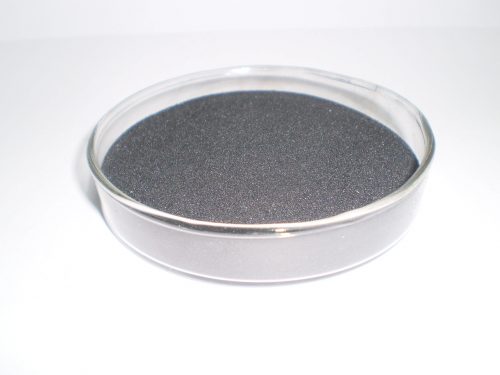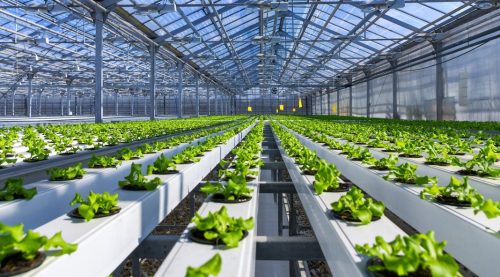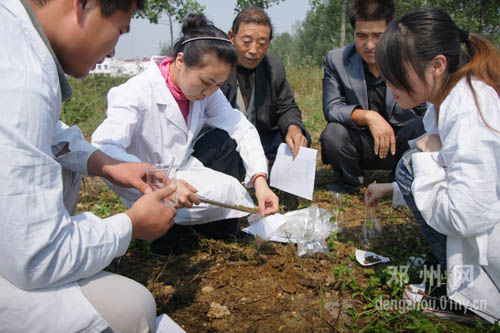Humus and Humic Acid?
The term “humus” dates back to the time of the Romans, when it was frequently used to designate the soil as a whole. It was later applied to the organic matter of soils and composts, or to different fractions of this organic matter; as well as, to complexes formed from a variety of natural organic substances. Humus compounds are complex natural organic compounds that are formed in soils from plant residues, by a process of “humification”. Humus materials are complex aggregate of brown to dark colored amorphous substances, which have originated during the decomposition of plant and animal residues by microorganisms, under aerobic and anaerobic conditions, in soils, composts, peat bogs, and water basins. Chemically, humus consists of certain constituents of the original plant material resistant to further decomposition; of substances undergoing decomposition; of complexes resulting from decomposition, either by processes of hydrolysis or by oxidation and reduction; and of various compounds synthesized by microorganisms.
“Humic acid ” is the commercial term often used to refer to the combined humic and fulvic acid content found in these naturally occurring deposits. Humic acid is known to be among the most bio-chemically active materials found in soil.
Why Use Humic Acid?
Today, there is a recognized and increasing use of humic acids for their beneficial impact on the growth and cultivation of crops (vegetable & non-vegetable), citrus, turf, flowers, and particularly in organically-deficient soils. Humic acid is not a fertilizer as it does not directly provide nutrients to plants, but is a compliment to fertilizer. Benefits include:
- Addition of organic matter to organically-deficient soils
- Increase root vitality
- Improved nutrient uptake
- Increased chlorophyll synthesis
- Better seed germination
- Increased fertilizer retention
- Stimulate beneficial microbial activity
- Healthier plants and improved yields
How Does Humic Acid Improve Soil?
When applied to clay soils, humic acid can help break up compacted soils, allowing for enhanced water penetration and better root zone growth and development. When applied to sandy soils, humic acid adds essential organic material necessary for water retention thus improving root growth and enhancing the sandy soil’s ability to retain and not leach out vital plant nutrients.
How Does Humic Acid Improve Plant Growth?
As mentioned above, one way plant growth is improved is through the structural improvement of both clay and sandy soil allowing for better root growth development.
Plant growth is also improved by the ability of the plant to uptake and receive more nutrients. Humic acid is especially beneficial in freeing up nutrients in the soil so that they are made available to the plant as needed. For instance if an aluminum molecule is binded with a phosphorus one, humic acid detaches them making the phosphorus available for the plant. Humic acid is also especially important because of its ability to chelate micronutrients increasing their bio-availability.
How Does Humic Acid Effect Microbial Activity and What is its Role?
The activities of beneficial soil microbes are crucial for the sustainability of any soil and plant growth. Humic acid stimulates microbial activity by providing the indigenous microbes with a carbon source for food, thus encouraging their growth and activity. Soil microbes are responsible for solubilizing vital nutrients such as phosphorus that can then be absorbed by the humic acid and in turn made available to the plant. Additionally, microbes are responsible for the continued development of humus in the soil as it continues to break down not fully decomposed organic matter. This in-situ production of humus continues to naturally add to the humic acid base and its benefits.
Humic Acid’s Role in Fertilization
Humic acid is technically not a fertilizer, although in some walks people do consider it that. Humic acid is an effective agent to use as a complement to synthetic or organic fertilizers. In many instances, regular humic acid use will reduce the need for fertilization due to the soil’s and plant’s ability to make better use of it. In some occurrences, fertilization can be eliminated entirely if sufficient organic material is present and the soil can become self sustaining through microbial processes and humus production.





